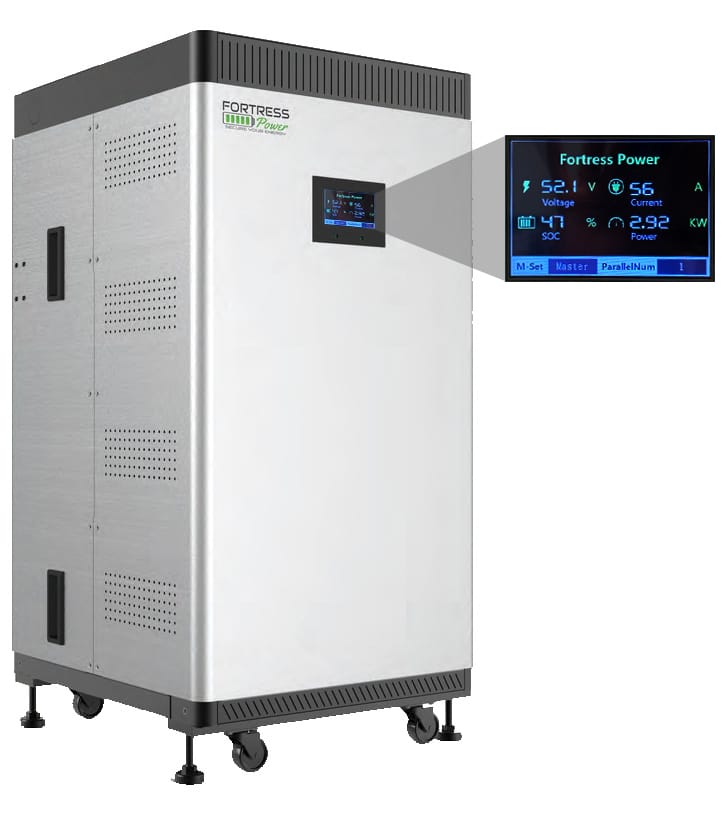John Frum
Tell me your problems
- Joined
- Nov 30, 2019
- Messages
- 15,233
Here is the big idea.
Make three independent systems that only peer at the ac output.
The benefits are a individual cell monitoring and balancing.
COTS=common off the shelf components.
Fault tolerance.
Easy OAM=operations administration and maintenance
If anything is not clear just holler.
I can also make some ascii art if you wish.
Make three independent systems that only peer at the ac output.
The benefits are a individual cell monitoring and balancing.
COTS=common off the shelf components.
Fault tolerance.
Easy OAM=operations administration and maintenance
If anything is not clear just holler.
I can also make some ascii art if you wish.











